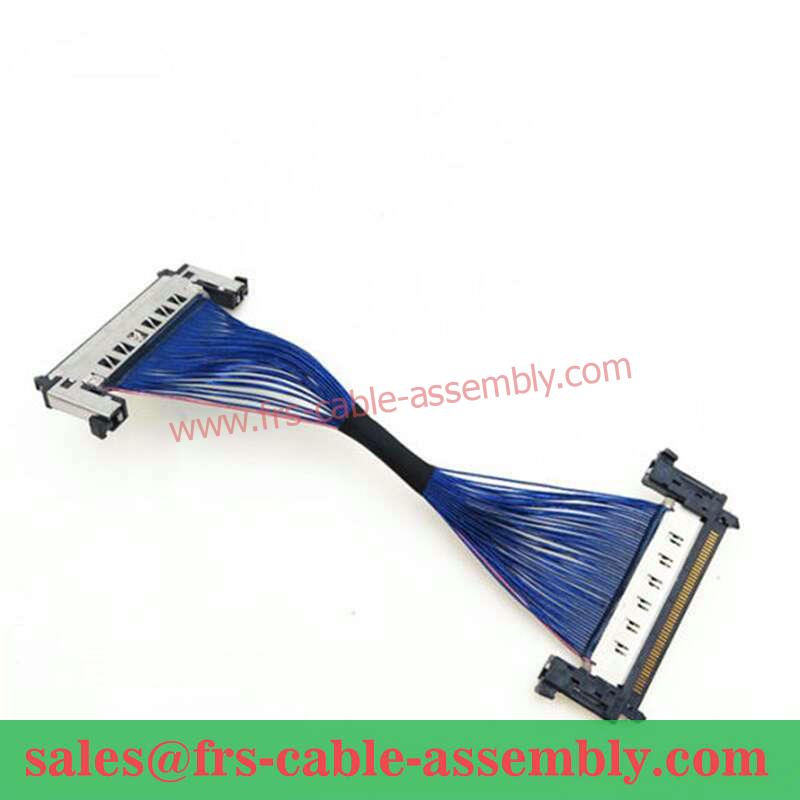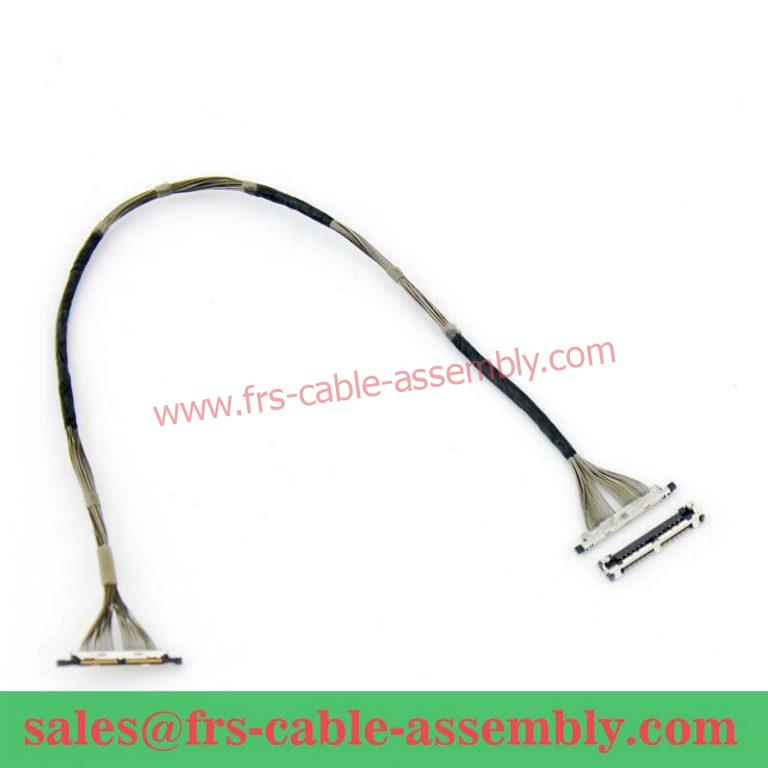MIPI Cable ApejọMIPI Cable Kamẹra Module
Ohun ti o tẹle lati ronu ni ipari okun. Awọn ipari ti awọn USB yẹ ki o gun to lati…
Table of Contents
Ohun ti o tẹle lati ronu ni ipari okun. Awọn ipari ti awọn USB yẹ ki o gun to lati de ọdọ awọn kamẹra module lati ero isise, sugbon ko ki gun ti o fa ipadanu ifihan agbara tabi kikọlu. Awọn ipari ti awọn USB yẹ ki o tun wa ni ya sinu iroyin nigbati yiyan awọn iru ti USB. Fun apẹẹrẹ, okun to gun le nilo okun idabobo lati dinku kikọlu.
Awọn apejọ okun sensọ kamẹra

Multi-core Micro Coaxial
| Awọn apejọ okun Coaxial Coaxial | LVDS Coaxial Cable Assemblies | Ofurufu/Aerospace Cable Assemblies | Ultrasound Transducer Cable Assemblies |
| Micro Coaxial Cable Assemblies | Endoscopy Cable Assemblies | Ni oye Awọn anfani ti Apejọ Cable USB MIPI fun Awọn ẹrọ Alagbeka | MIPI (Alaye Alagbeka Iṣẹ Alagbeka) awọn apejọ okun ti n di olokiki pupọ si lilo ninu awọn ẹrọ alagbeka. Iru apejọ okun yii jẹ apẹrẹ lati pese iyara-giga, asopọ agbara kekere laarin awọn paati ninu ẹrọ alagbeka kan. O ti wa ni lilo lati so irinše bi ero isise, iranti, àpapọ, kamẹra, ati awọn miiran agbeegbe. MIPI USB ijọ pese orisirisi awọn anfani lori ibile USB ijọ. Ni akọkọ, wọn kere pupọ ati fẹẹrẹ ju awọn kebulu ibile lọ, ṣiṣe wọn jẹ apẹrẹ fun lilo ninu awọn ẹrọ alagbeka. Eyi ngbanilaaye fun apẹrẹ iwapọ diẹ sii, eyiti o le ṣe iranlọwọ lati dinku iwọn gbogbogbo ati iwuwo ẹrọ naa. Ikeji, awọn apejọ okun MIPI jẹ apẹrẹ lati jẹ igbẹkẹle diẹ sii ju awọn okun ibile lọ. Wọn ṣe apẹrẹ lati koju awọn lile ti agbegbe alagbeka, gẹgẹbi gbigbọn, mọnamọna, ati awọn iyipada iwọn otutu. Eyi jẹ ki wọn jẹ apẹrẹ fun lilo ninu awọn ẹrọ alagbeka, eyiti o nigbagbogbo labẹ iru awọn ipo wọnyi. Ẹkẹta, awọn apejọ okun MIPI jẹ apẹrẹ lati pese asopọ iyara giga laarin awọn paati. Eyi ngbanilaaye fun awọn oṣuwọn gbigbe data yiyara, eyiti o le ṣe iranlọwọ ilọsiwaju iṣẹ ẹrọ naa. Eyi ṣe pataki julọ fun awọn ẹrọ ti o nilo ọpọlọpọ sisẹ data, gẹgẹbi awọn fonutologbolori ati awọn tabulẹti. Eyi jẹ nitori pe wọn ṣe apẹrẹ lati jẹ daradara siwaju sii, eyiti o le ṣe iranlọwọ lati dinku idiyele gbogbogbo ti ẹrọ naa. |
Lapapọ, awọn apejọ okun MIPI nfunni ni ọpọlọpọ awọn anfani lori awọn kebulu ibile. Wọn kere, fẹẹrẹfẹ, diẹ gbẹkẹle, ati pese asopọ iyara to gaju laarin awọn paati. Eyi jẹ ki wọn jẹ apẹrẹ fun lilo ninu awọn ẹrọ alagbeka, eyiti o nigbagbogbo nilo ọpọlọpọ sisẹ data. Ni afikun, wọn jẹ doko-owo diẹ sii ju awọn kebulu ibile, eyiti o le ṣe iranlọwọ lati dinku idiyele gbogbogbo ti ẹrọ naa.
Understanding the Benefits of MIPI Cable Assembly for Mobile Devices
MIPI (Mobile Industry Processor Interface) cable assemblies are becoming increasingly popular for use in mobile devices. This type of cable assembly is designed to provide a high-speed, low-power connection between components in a mobile device. It is used to connect components such as processors, memory, displays, cameras, and other peripherals.
MIPI cable assemblies offer several advantages over traditional cable assemblies. First, they are much smaller and lighter than traditional cables, making them ideal for use in mobile devices. This allows for a more compact design, which can help reduce the overall size and weight of the device.
Second, MIPI cable assemblies are designed to be more reliable than traditional cables. They are designed to withstand the rigors of a mobile environment, such as vibration, shock, and temperature changes. This makes them ideal for use in mobile devices, which are often subjected to these types of conditions.
Third, MIPI cable assemblies are designed to provide a high-speed connection between components. This allows for faster data transfer rates, which can help improve the performance of the device. This is especially important for devices that require a lot of data processing, such as smartphones and tablets.
Finally, MIPI cable assemblies are designed to be more cost-effective than traditional cables. This is because they are designed to be more efficient, which can help reduce the overall cost of the device.







